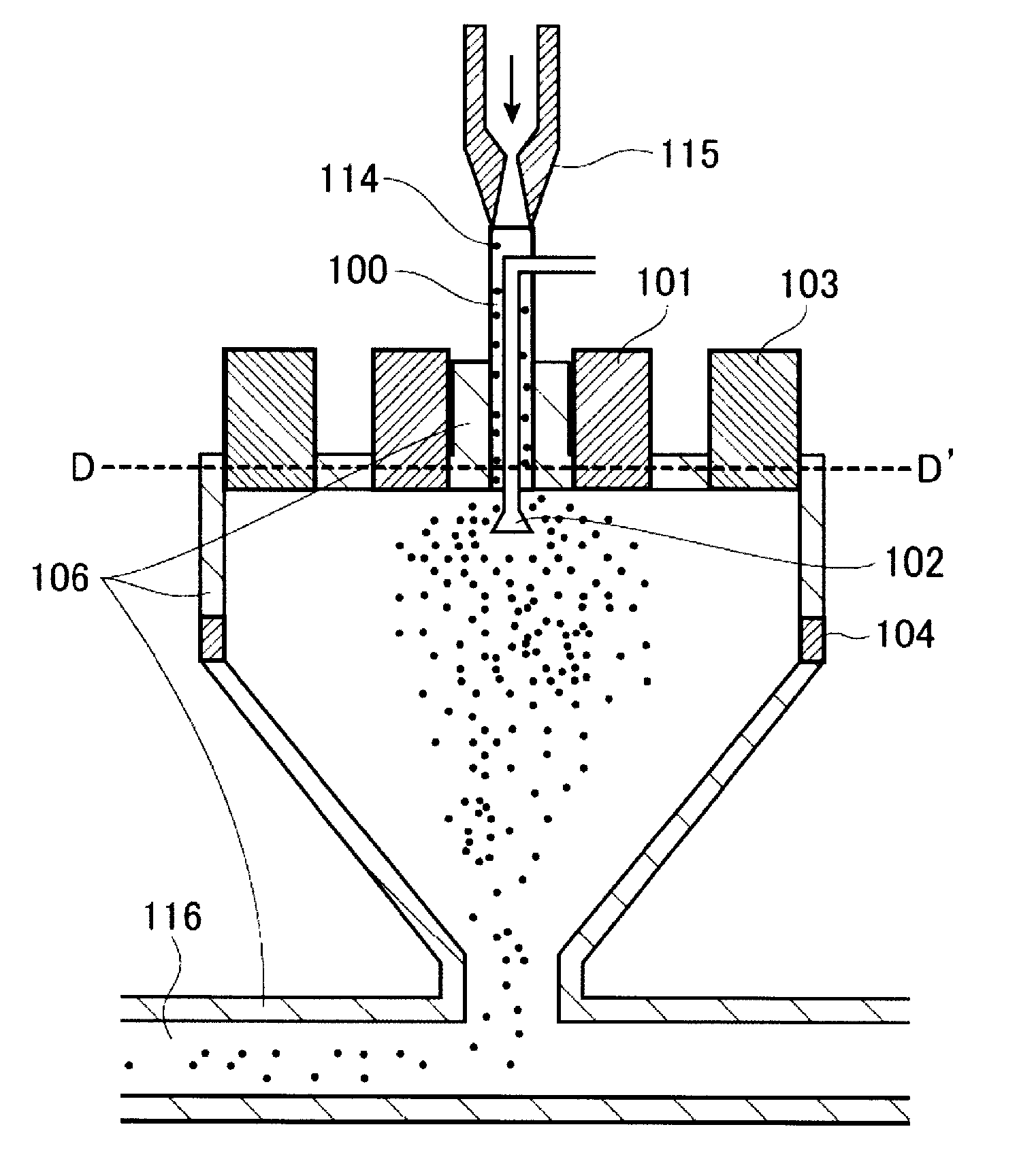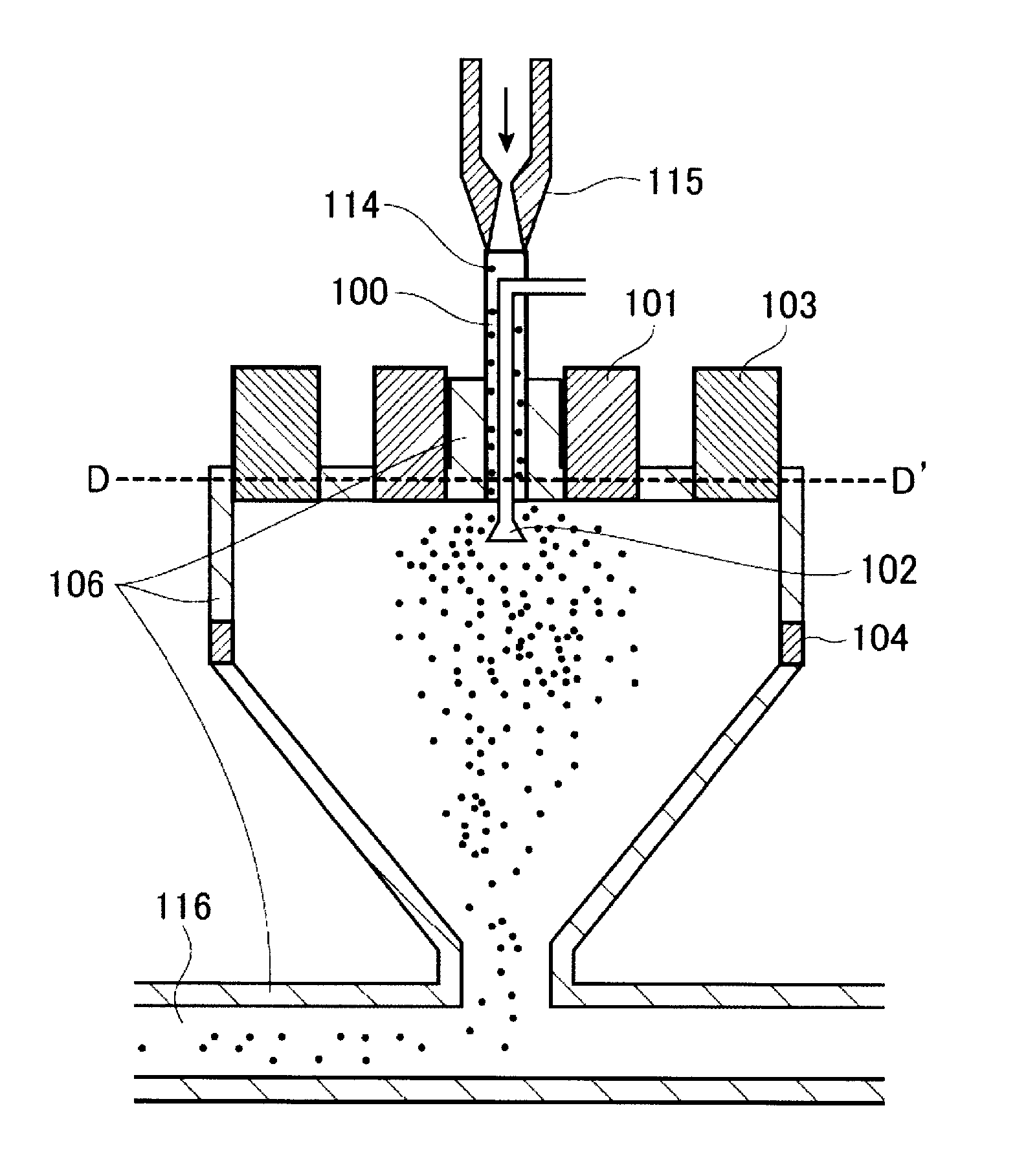Toner
a technology of toner and flexos, applied in the field of toner, can solve the problems of recording paper wrapping on the fixing member, prone to charge relaxation, reduced toner chargeability, etc., and achieve the effects of suppressing image density variations, high print coverage rate, and excellent resistance to wrapping around during fixing
- Summary
- Abstract
- Description
- Claims
- Application Information
AI Technical Summary
Benefits of technology
Problems solved by technology
Method used
Image
Examples
example 1
[0225]A two-component developer 1 was obtained by mixing magnetic ferrite carrier particles (number-average particle diameter of 35 μm) which surface is coated with a silicone resin, with toner 1 to provide a toner concentration of 6 mass %.
[0226]The evaluation tests shown below were carried out using the resulting two-component developer 1.
[0227]Testing of the fixation temperature region was performed using a full-color copier “imagePress C1” (Canon Inc.) that had been modified to enable free selection of the fixation temperature. For the image, an unfixed image having a 25% image print coverage rate was produced in single-color mode in a normal temperature / normal humidity environment (23° C. / 50% RH) with the toner laid-on level onto the paper adjusted to 1.2 mg / cm2. The paper used in the evaluation was copy paper “CS-814” (A4, areal weight=81.4 g / m2, commercial product from Canon Marketing Japan Inc.). Fixing was performed in a normal temperature / normal humidity environment (23° C...
PUM
| Property | Measurement | Unit |
|---|---|---|
| light-incidence | aaaaa | aaaaa |
| angle | aaaaa | aaaaa |
| softening point | aaaaa | aaaaa |
Abstract
Description
Claims
Application Information
 Login to View More
Login to View More - R&D
- Intellectual Property
- Life Sciences
- Materials
- Tech Scout
- Unparalleled Data Quality
- Higher Quality Content
- 60% Fewer Hallucinations
Browse by: Latest US Patents, China's latest patents, Technical Efficacy Thesaurus, Application Domain, Technology Topic, Popular Technical Reports.
© 2025 PatSnap. All rights reserved.Legal|Privacy policy|Modern Slavery Act Transparency Statement|Sitemap|About US| Contact US: help@patsnap.com


